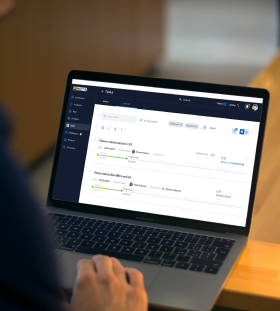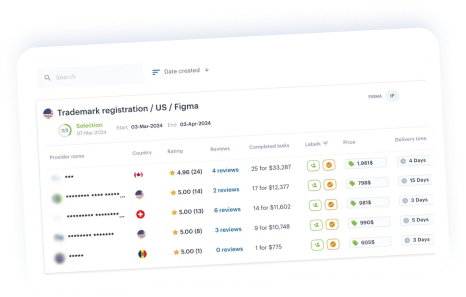Biuro projektowe Akcja Reagująca w Niemcy
Podczas badania możesz otrzymać Office Action, które może zawierać wymagania lub sprzeciwy. To nie jest problem. Adwokat przeanalizuje to, opracuje strategię i przygotuje odpowiedź


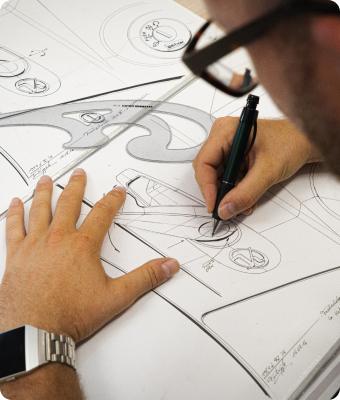
Podczas badania możesz otrzymać Office Action, które może zawierać wymagania lub sprzeciwy. To nie jest problem. Adwokat przeanalizuje to, opracuje strategię i przygotuje odpowiedź







-
Asystent IP oparty na sztucznej inteligencji, który pomoże Ci w ciągu kilku minut utworzyć szczegółowe zadanie.
-
Wybór najbardziej odpowiedniego lokalnego prawnika specjalizującego się w projektowaniu w oparciu o określone kryteria.
-
Analiza działań biurowych, opracowywanie, przygotowywanie i składanie strategii reagowania.
-
Monitorowanie i raportowanie online na platformie w trakcie całego procesu.
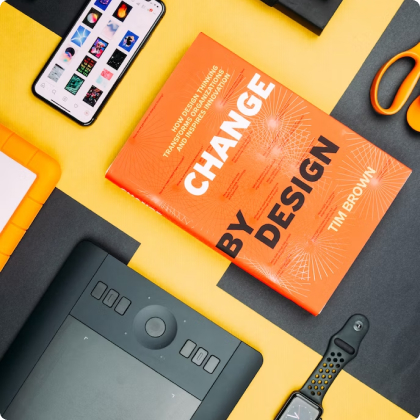
-

Ponad 800 kancelarii prawnych zajmujących się prawem własności intelektualnej z ponad 150 krajów, rankingi i recenzje
-

Asystent IP oparty na sztucznej inteligencji, który pomaga tworzyć zadania i znajdować odpowiednich prawników
-

Stałe opłaty, bezpieczne i szybkie płatności online z gwarancją rezultatów
-

Dostęp do procesu rejestracji 24/7 i internetowe przechowywanie danych dla wszystkich Twoich spraw
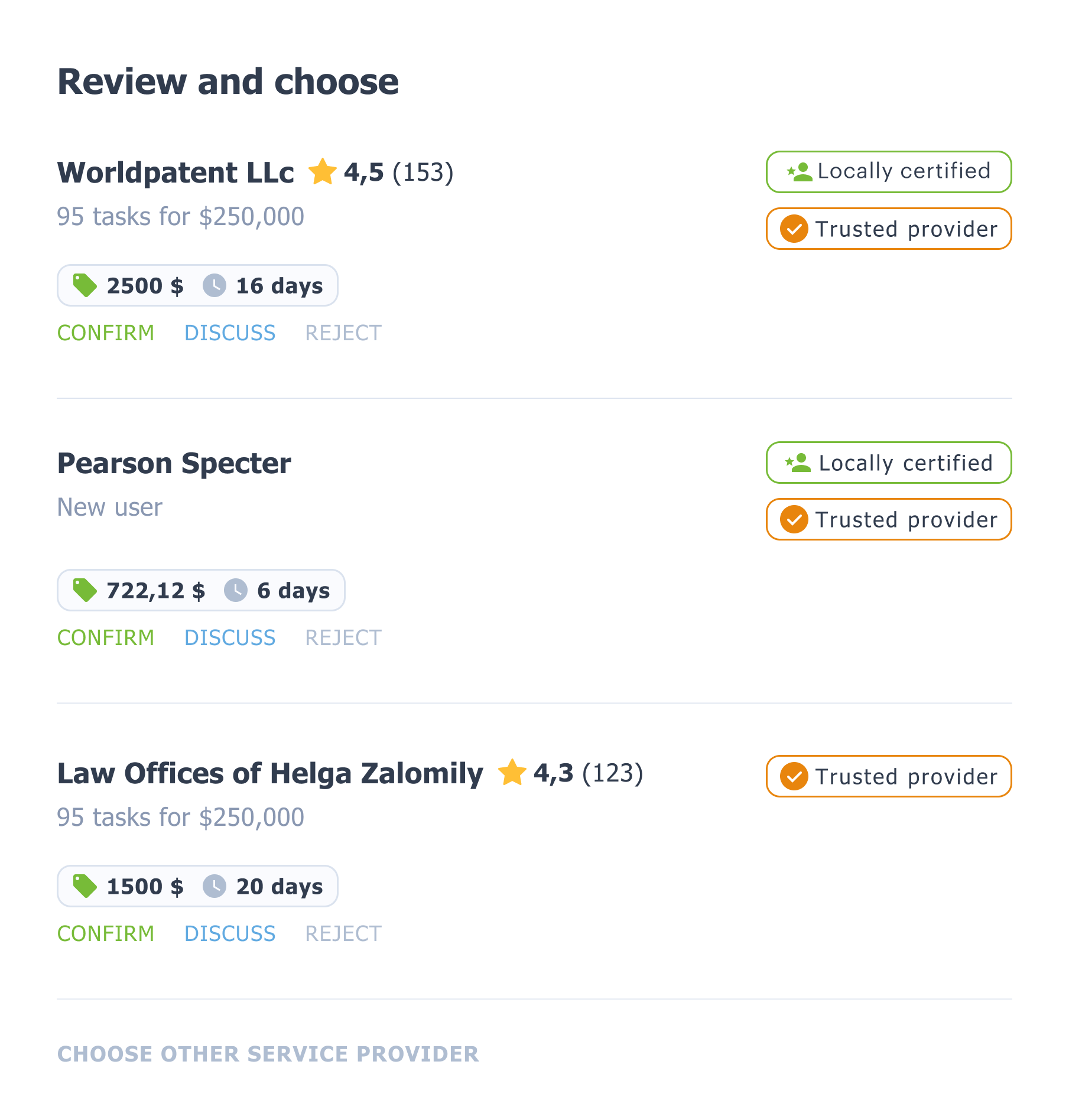
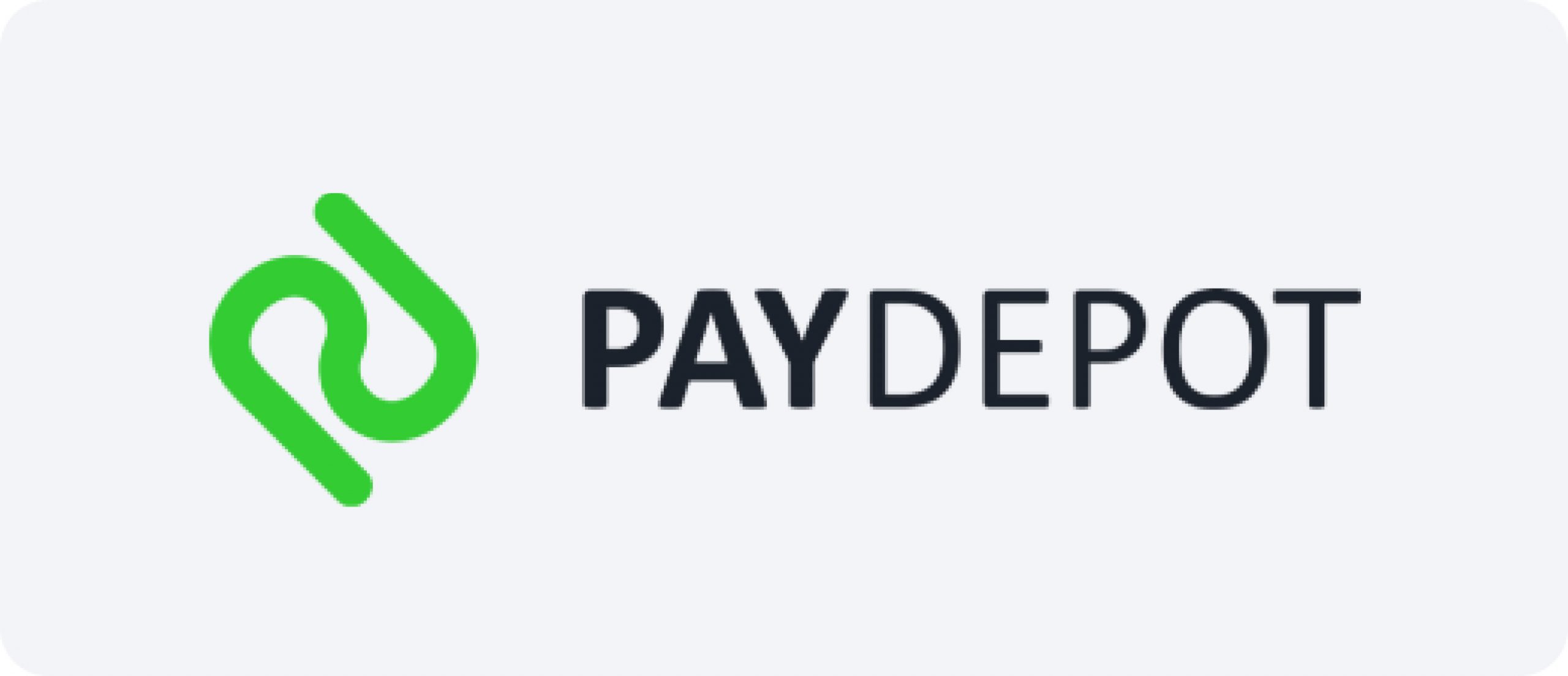
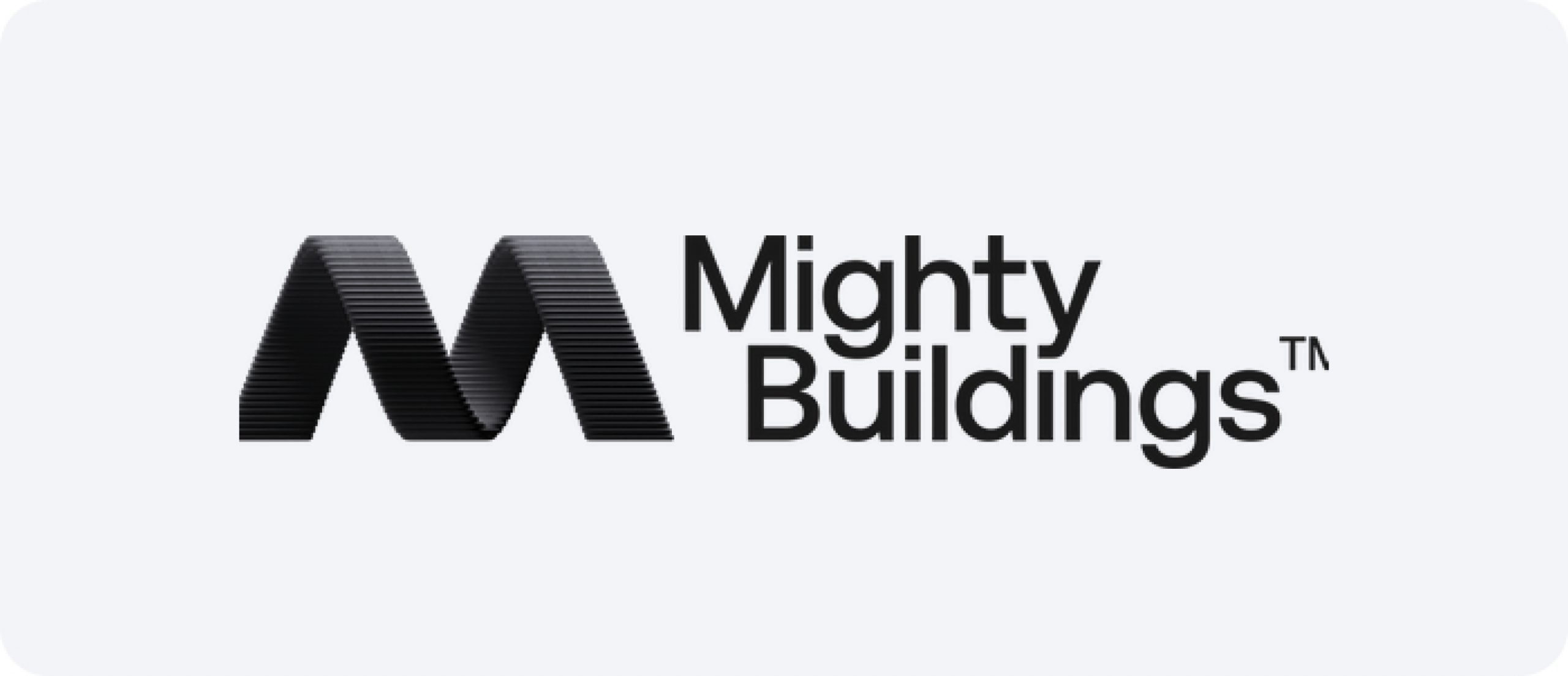

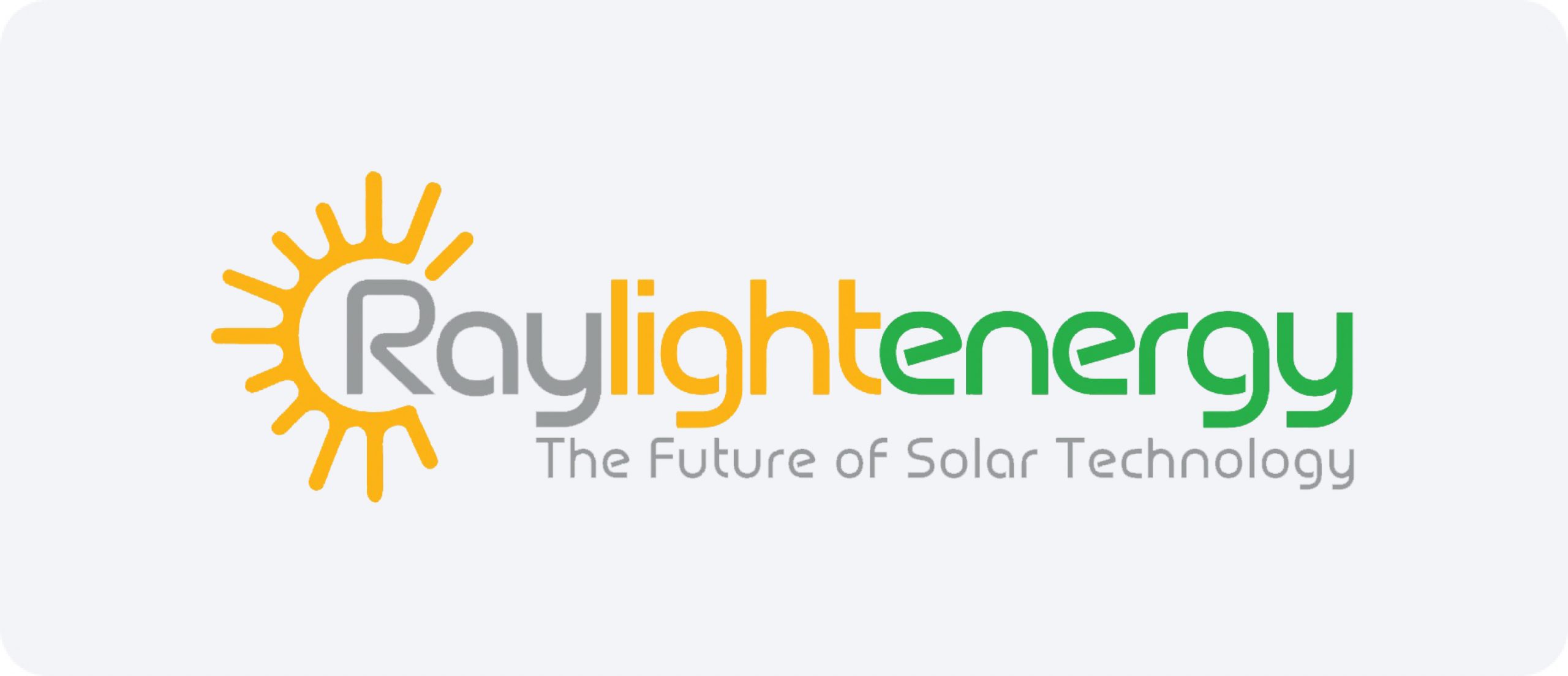

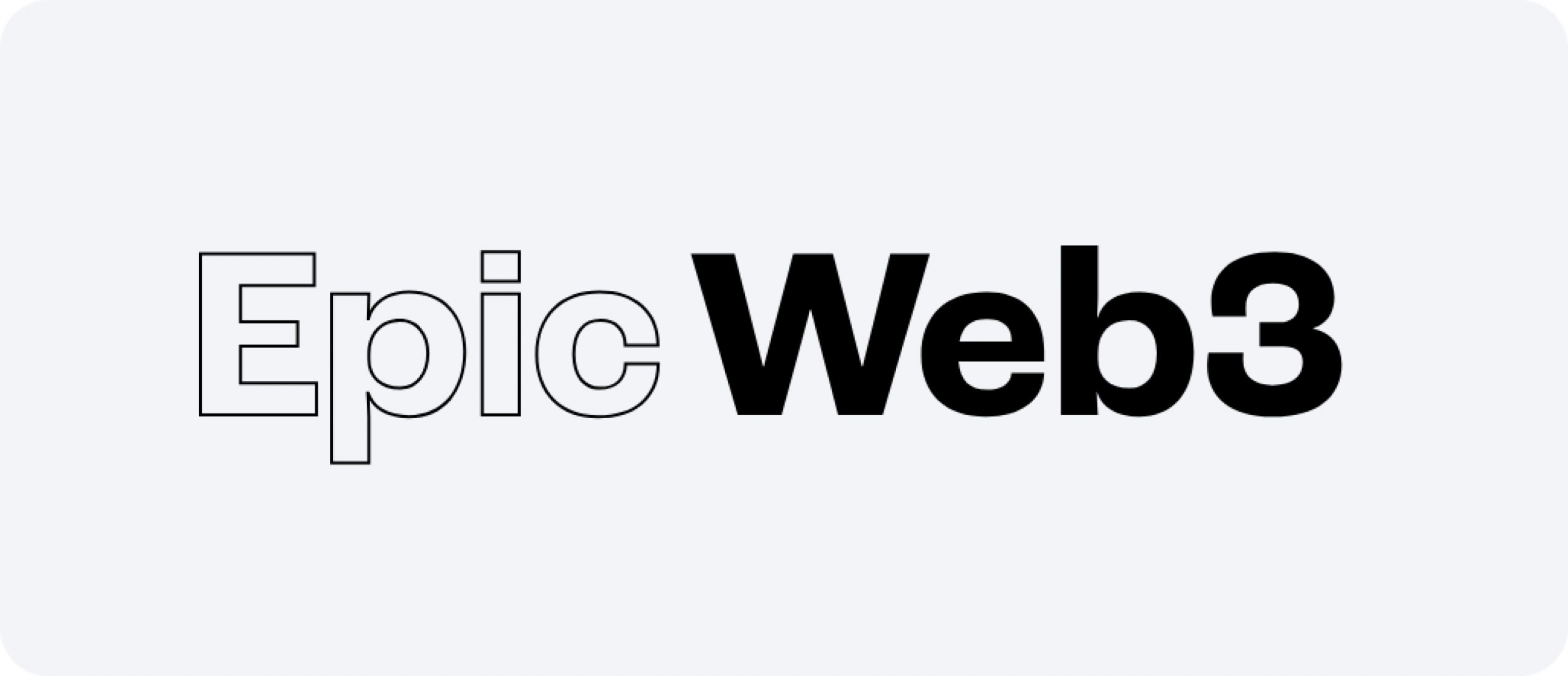
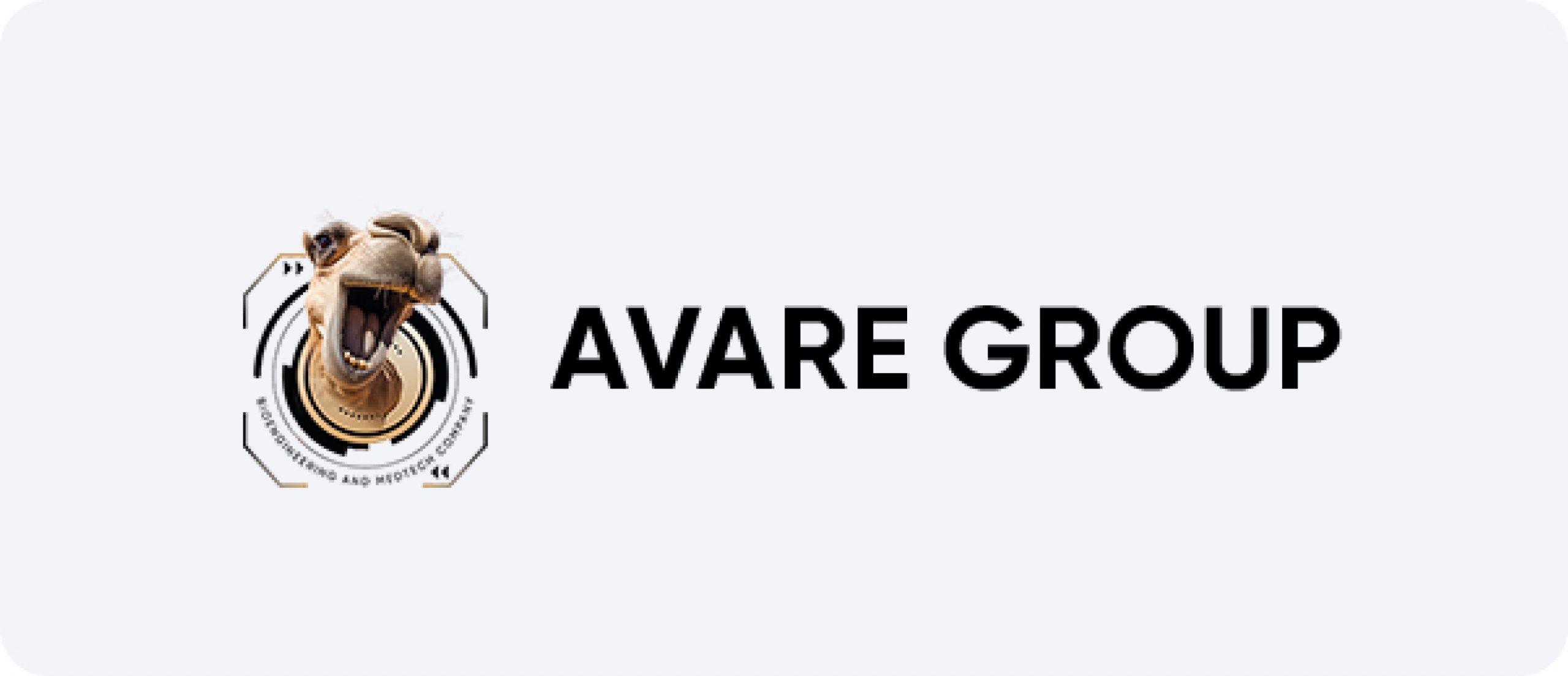
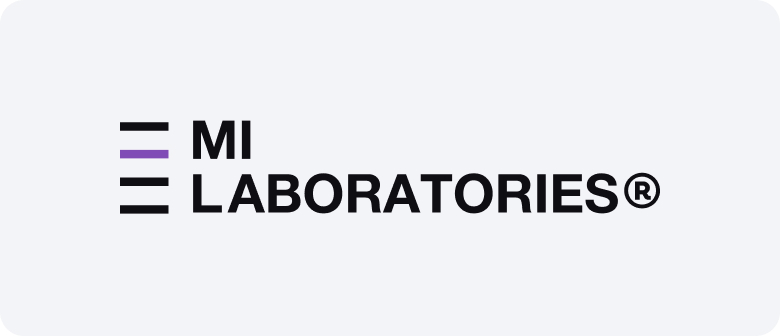
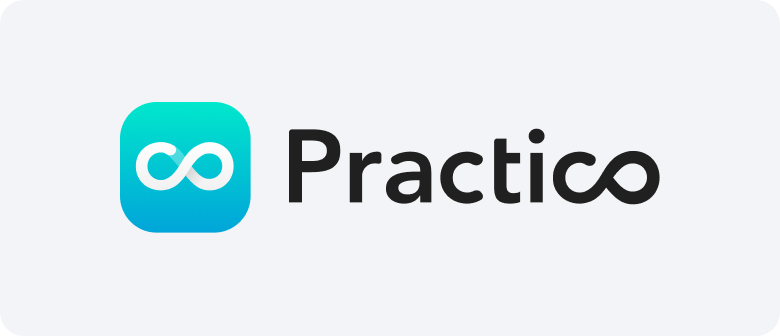
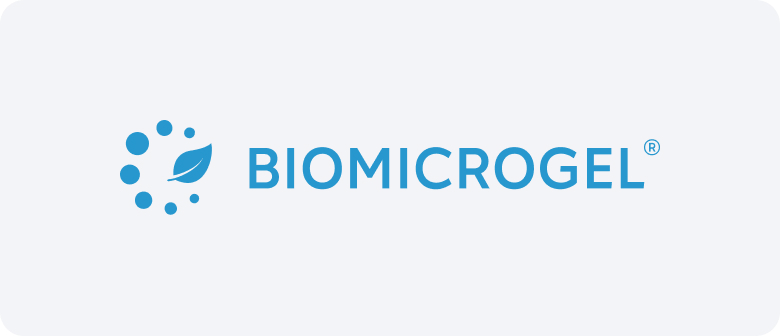
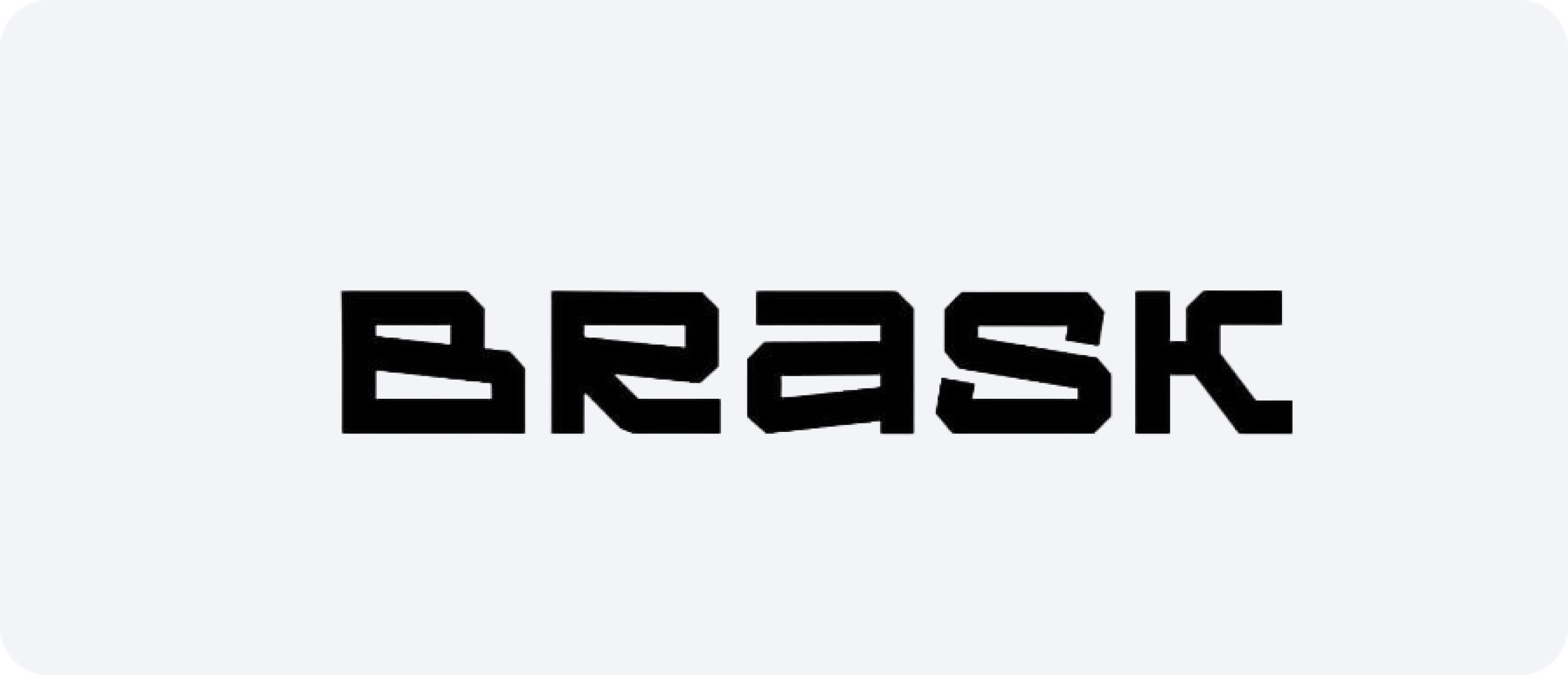
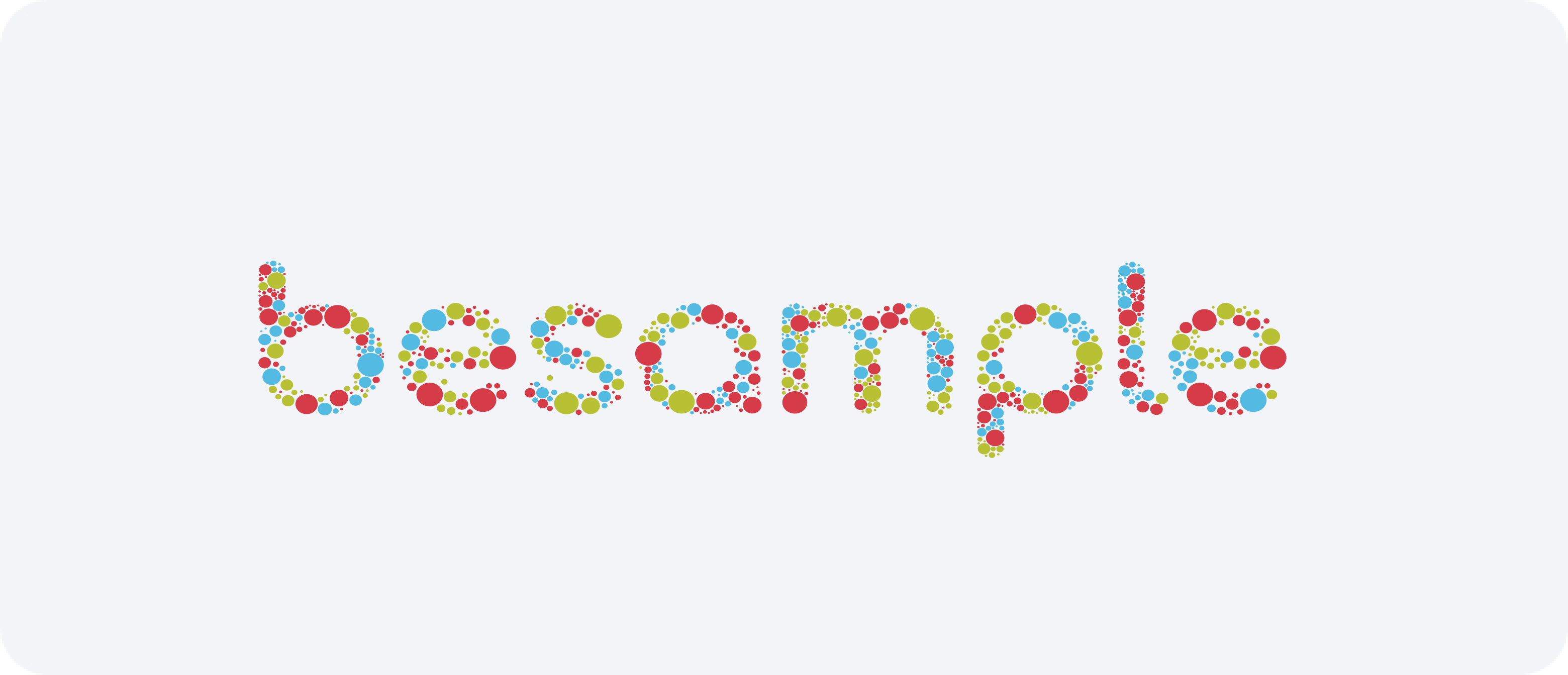
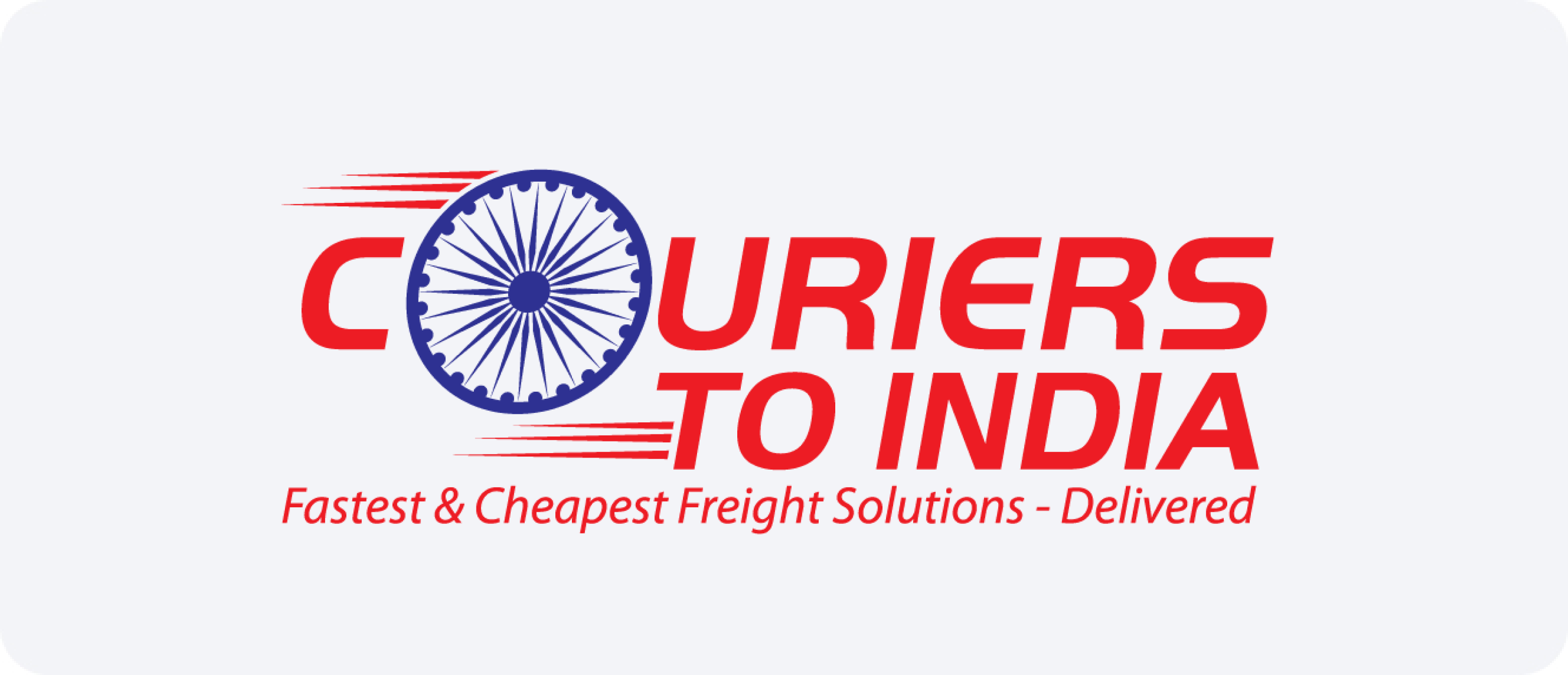
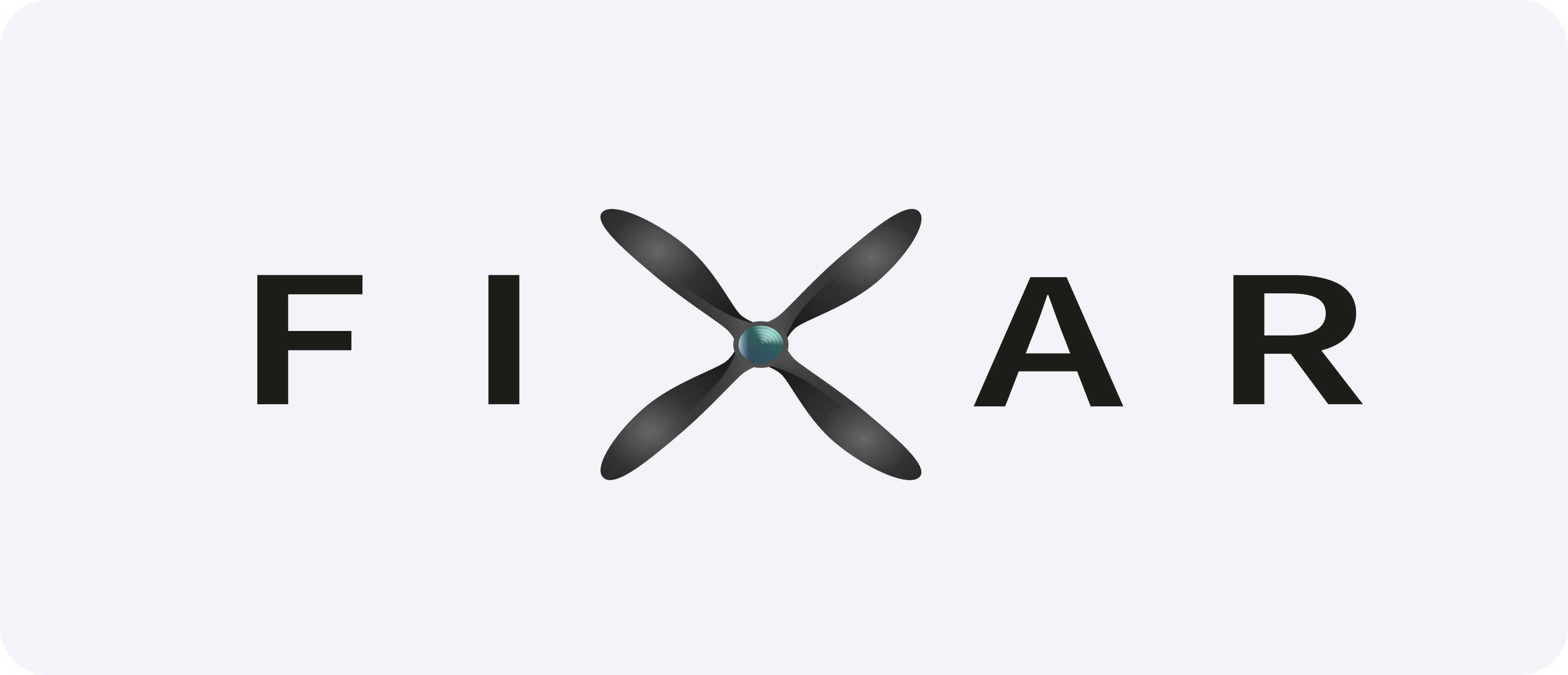

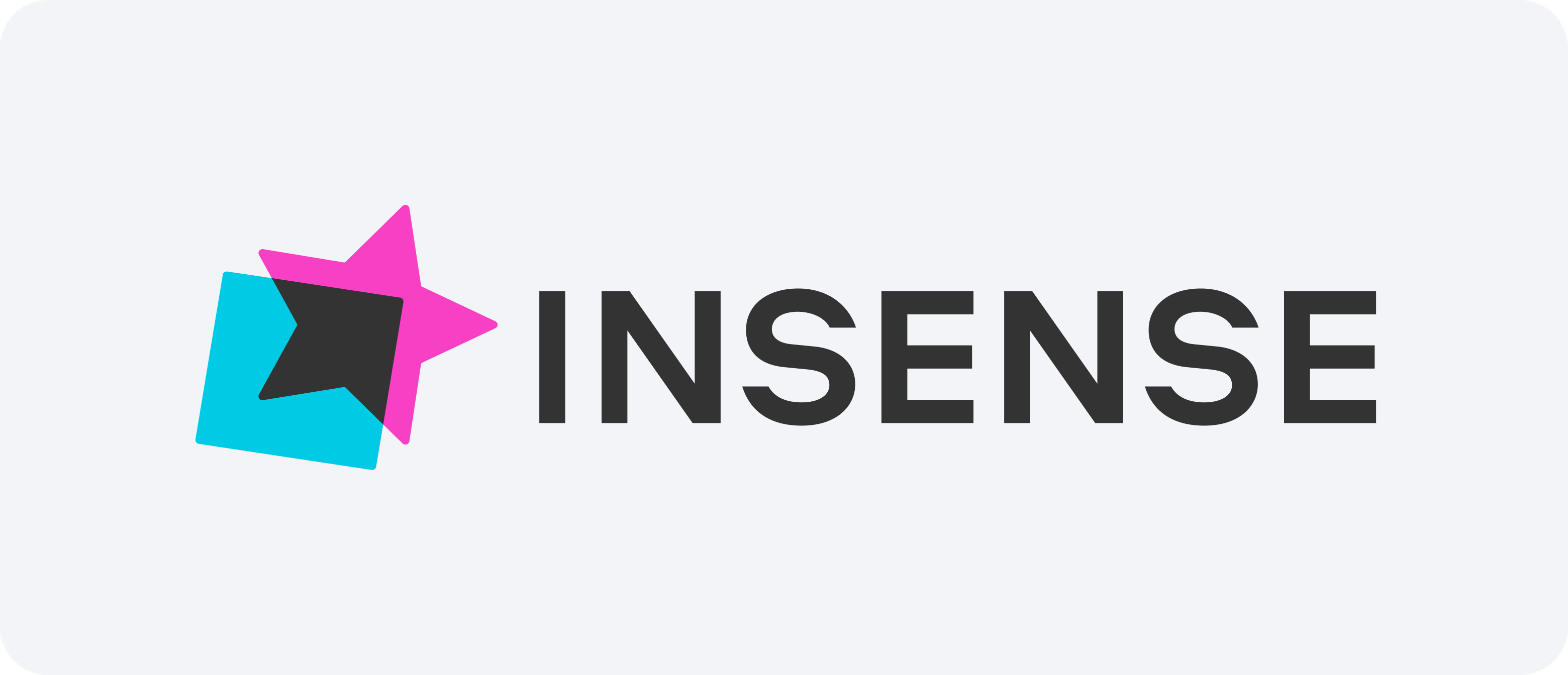
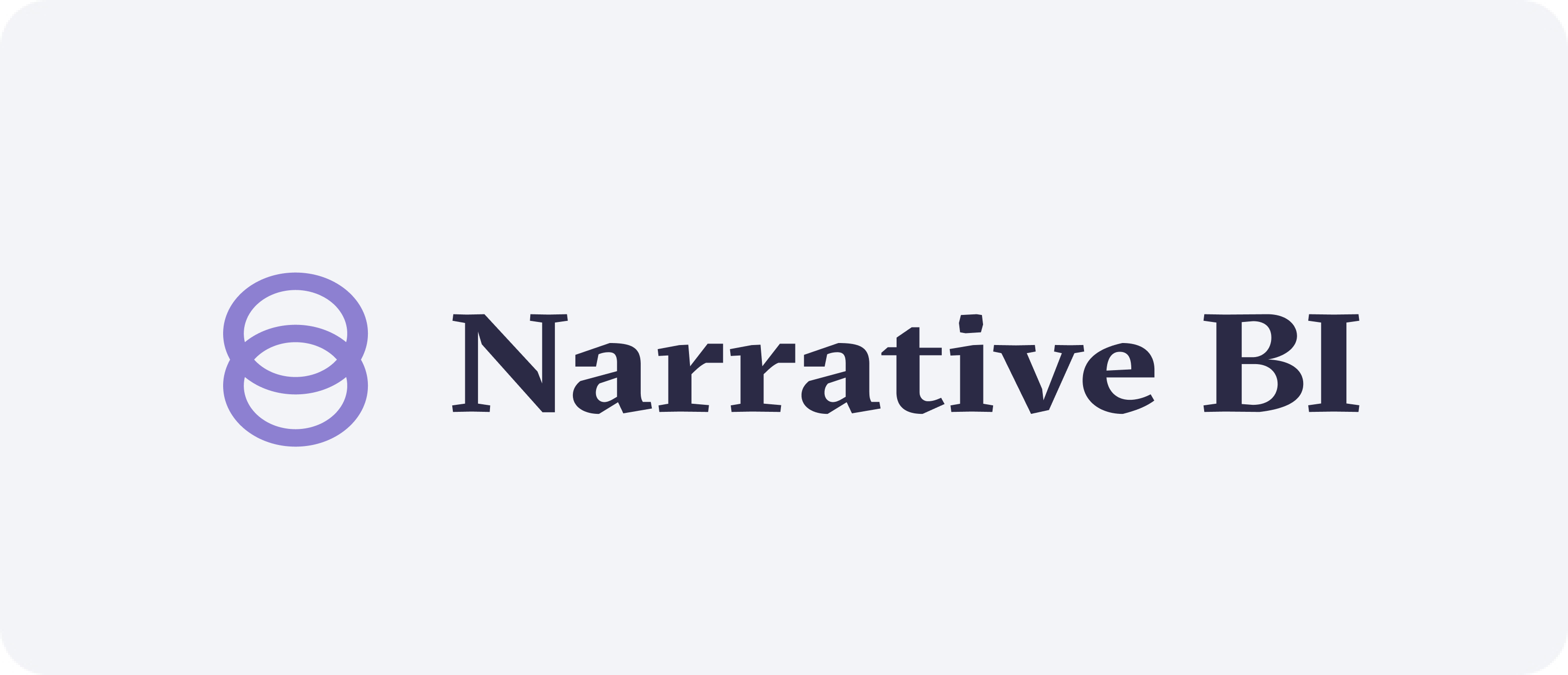
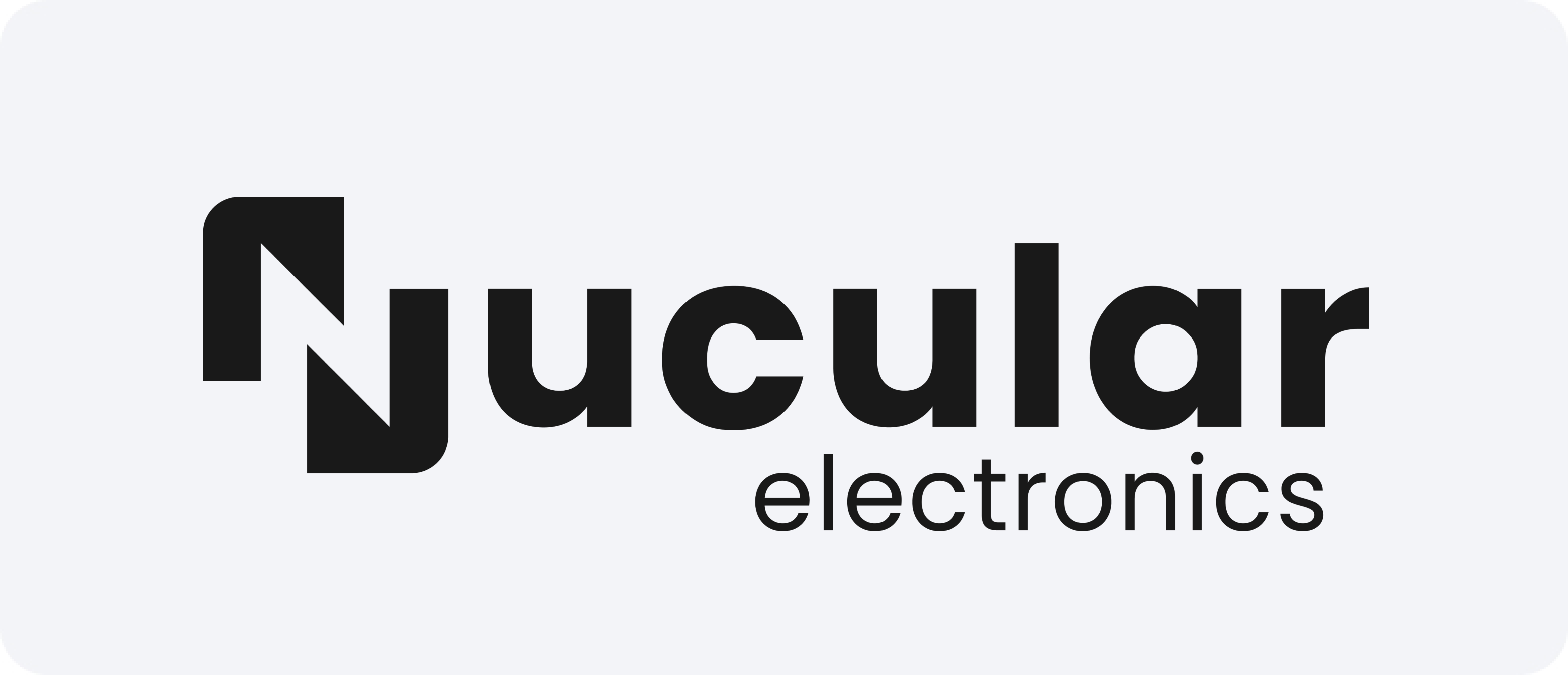
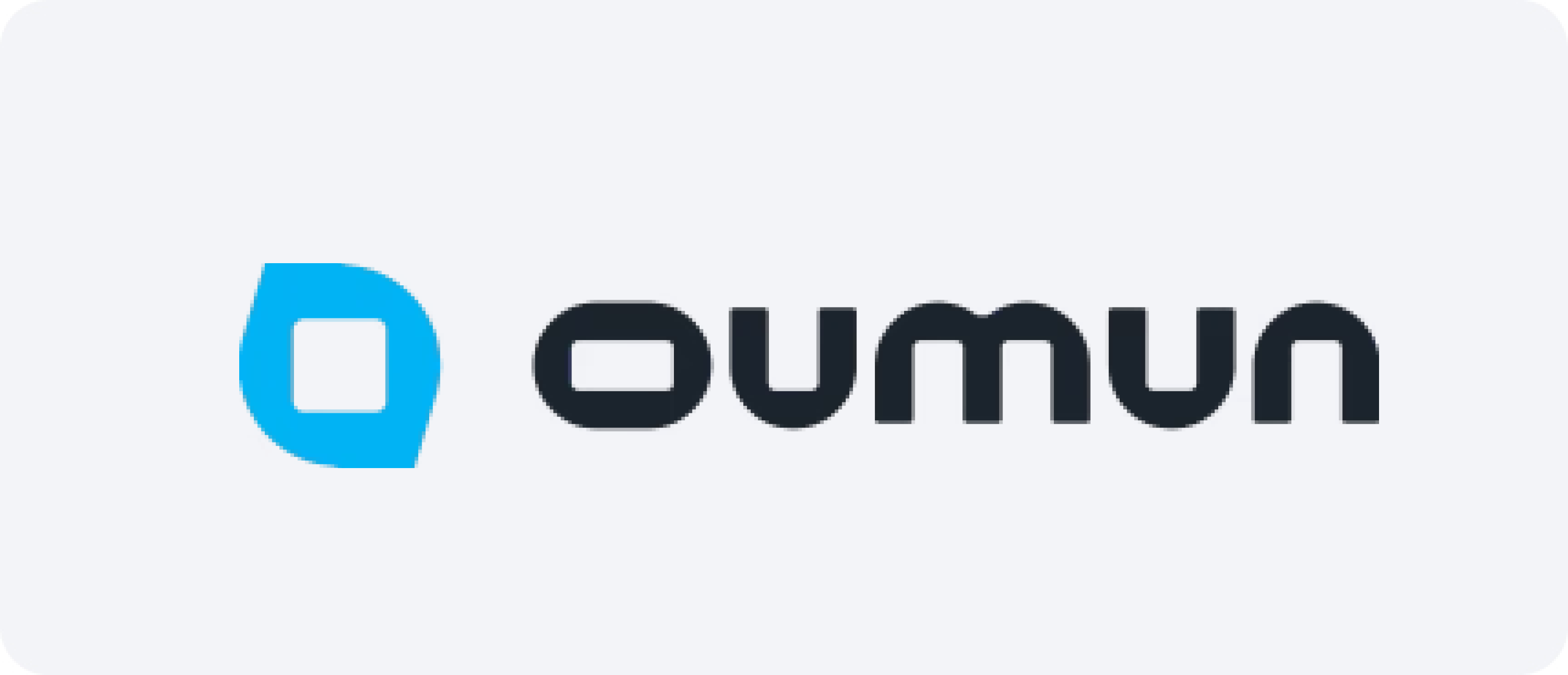
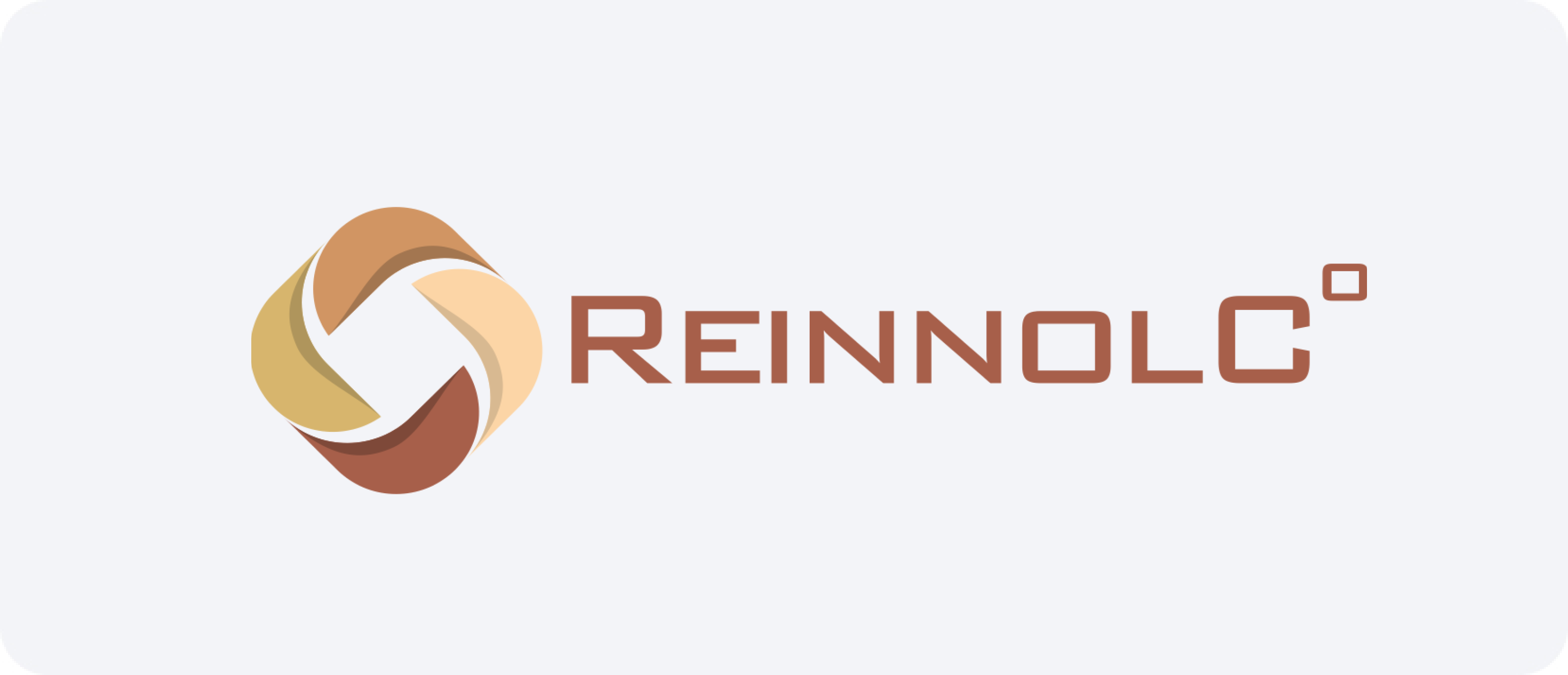
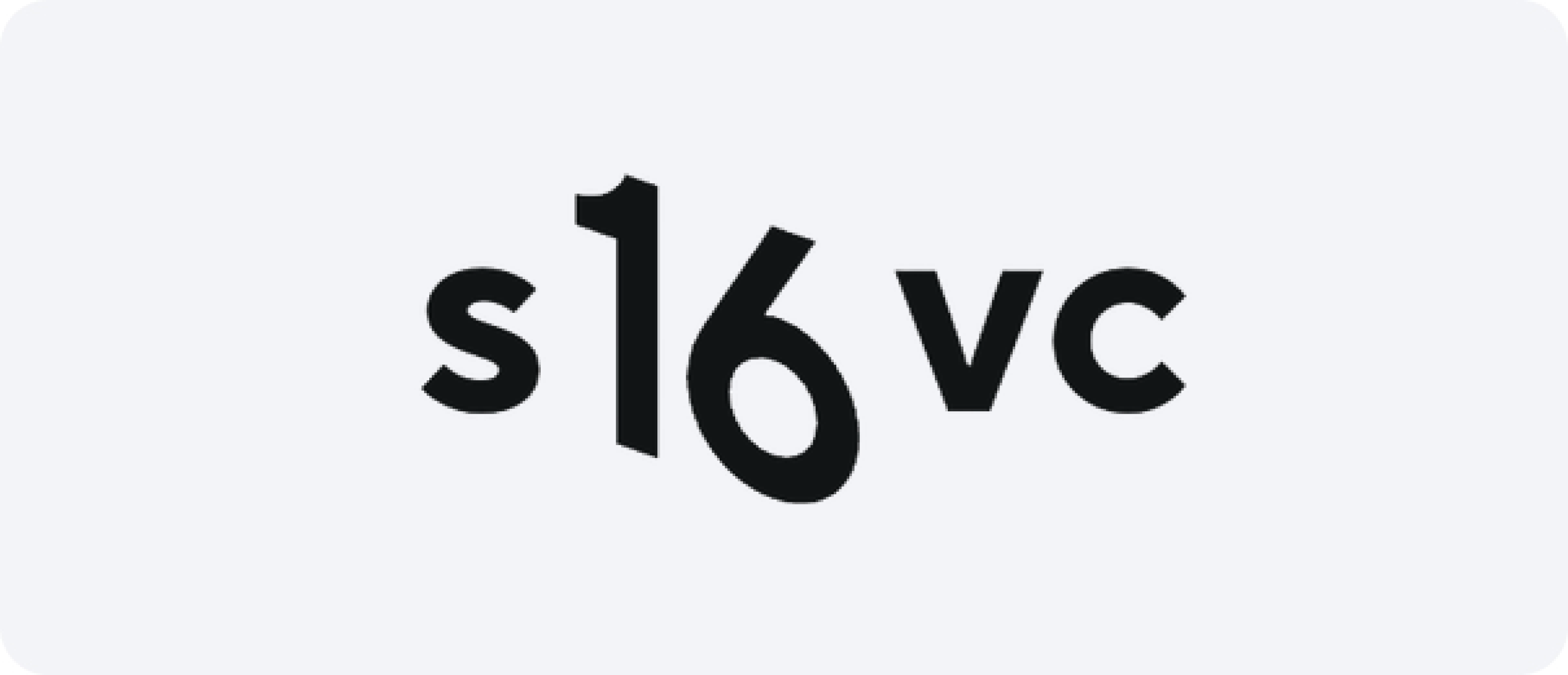
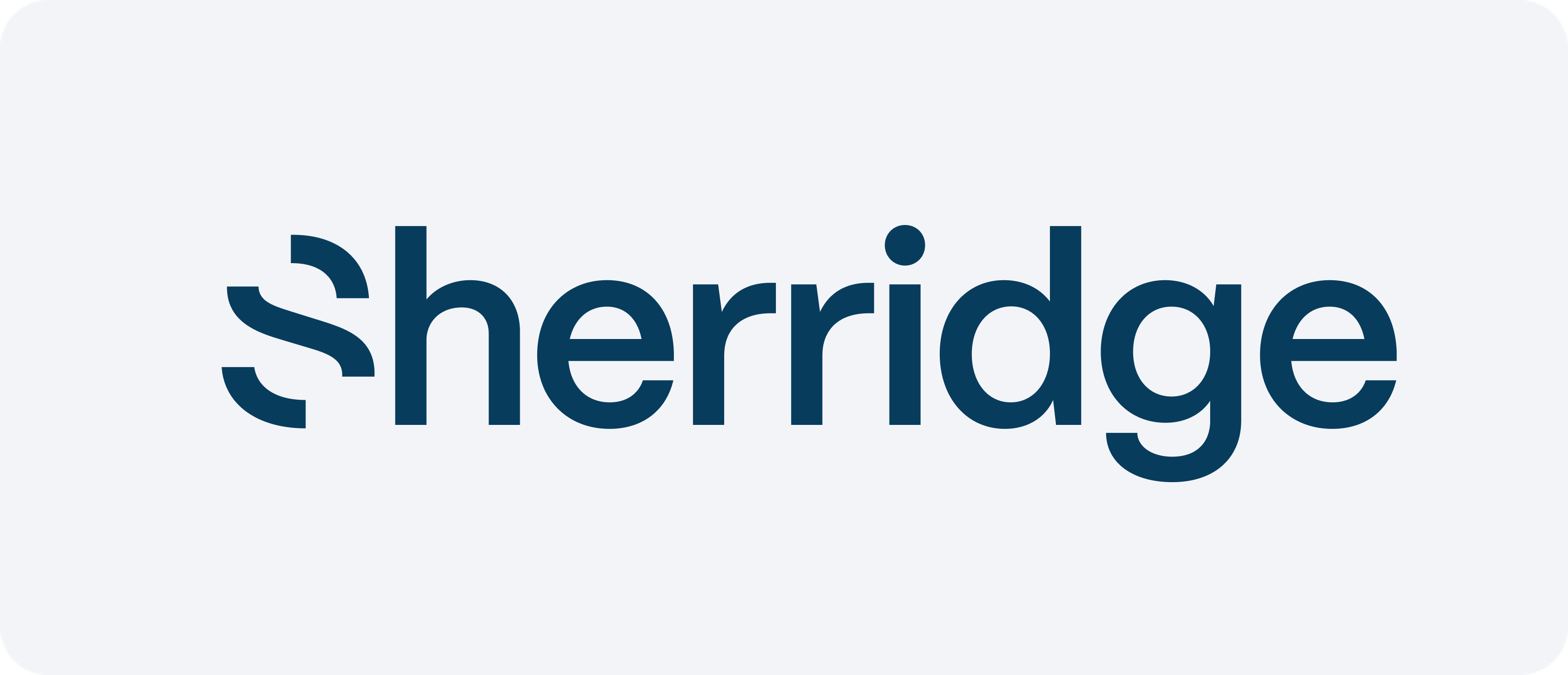
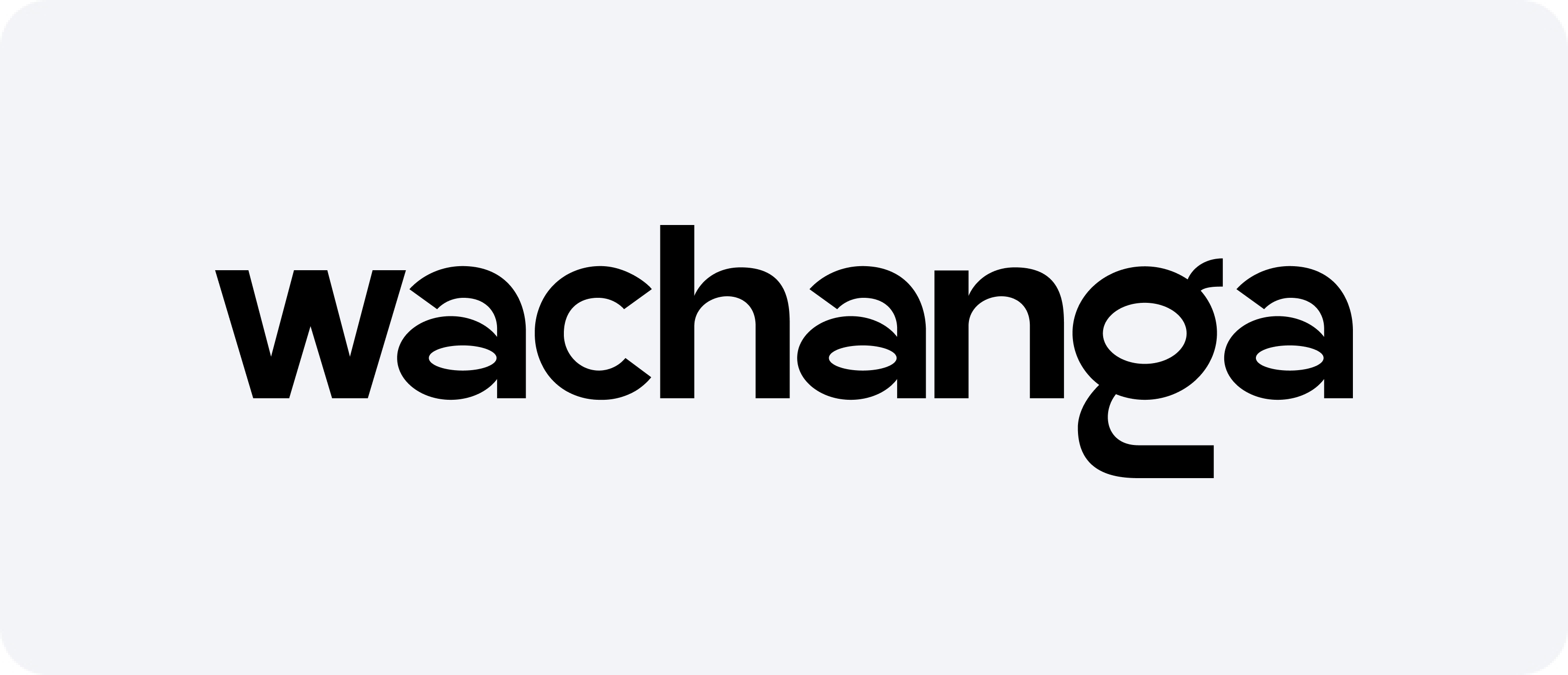


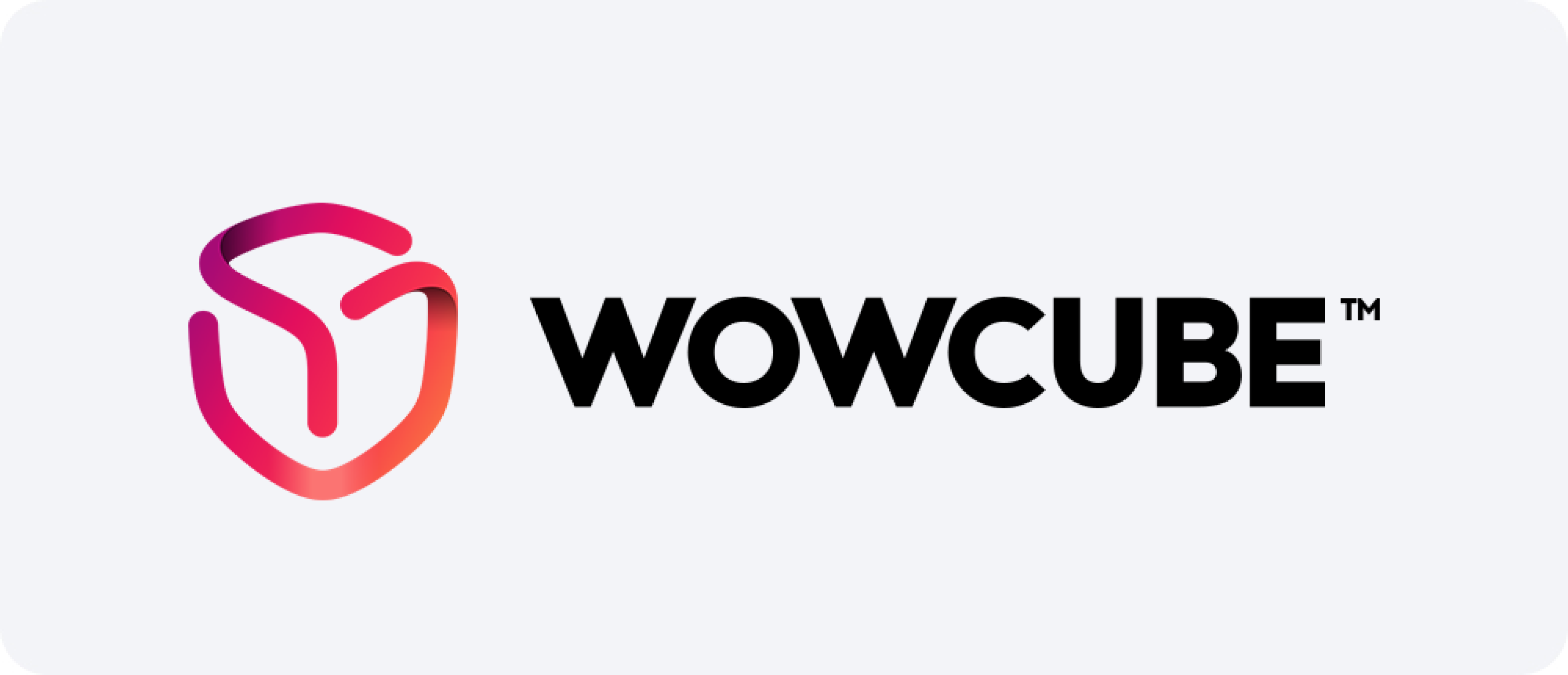




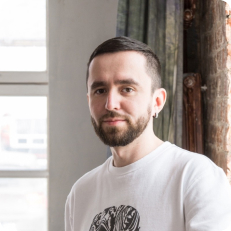
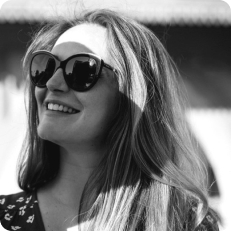
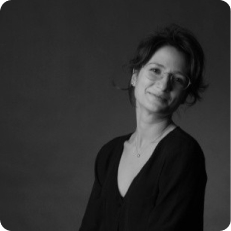
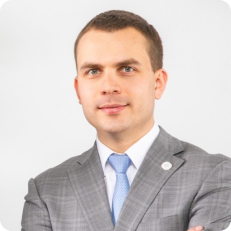




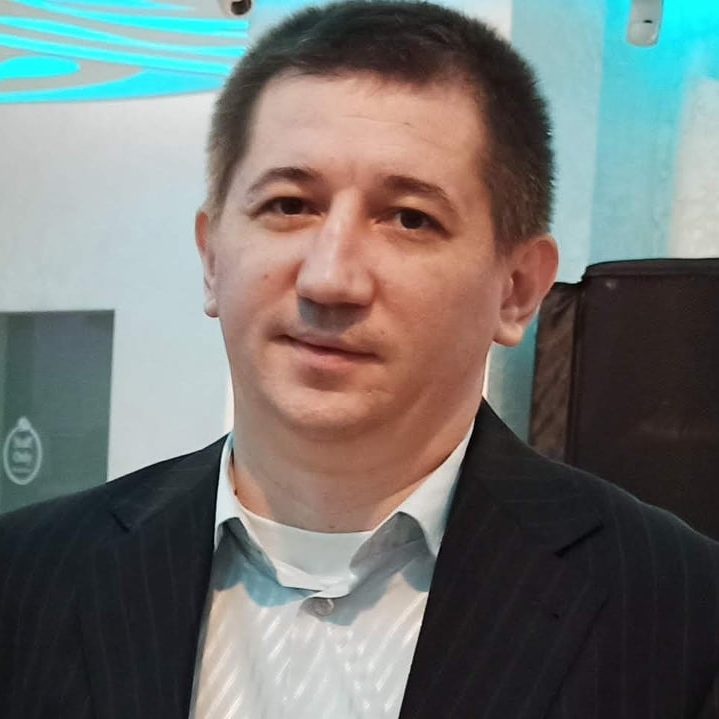
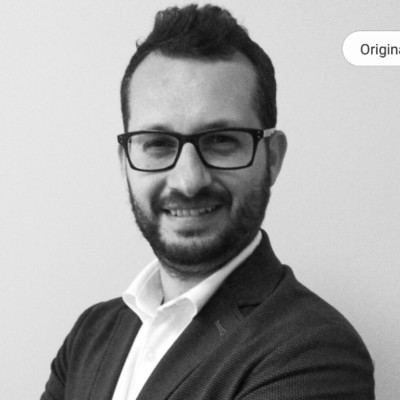
Efektywne projektowanie reakcji w kontekście działań niemieckiego biura projektowego
W przypadku praw własności przemysłowej, dobrze skonstruowana strategia odpowiedzi odgrywa kluczową rolę, zwłaszcza w trakcie postępowań przed urzędami w Niemczech. Zarówno dla krajowych, jak i zagranicznych wnioskodawców, zrozumienie sposobu odpowiadania na sprzeciwy Urzędu Patentowego i Znaków Towarowych (UPMA) jest kluczowe dla zapewnienia ochrony zgłoszenia dzieła wizualnego. Stworzenie precyzyjnej i terminowej odpowiedzi pomaga uniknąć odrzucenia, zapewnia zgodność z wymogami formalnymi i utrzymuje przewagę konkurencyjną wnioskodawcy.
Zrozumienie charakteru działalności biura projektowego w Niemczech
DPMA bada każdy wniosek o rejestrację produktu w oparciu o wygląd, aby potwierdzić jego zgodność formalną i nowość. W przypadku stwierdzenia braków lub zastrzeżeń, urząd wydaje decyzję urzędową. Działania te często dotyczą kompletności dokumentów, przejrzystości reprezentacji wizualnej lub formalności prawnych. System, choć generalnie przyjazny dla wnioskodawców, wymaga wysokiego poziomu precyzji dokumentacji.
Do najczęstszych powodów podjęcia działań związanych ze stylem w biurze należą:
- Niejasna lub niespójna reprezentacja wizualna projektu
- Brak niezbędnych informacji, takich jak dane wnioskodawcy lub roszczenia o pierwszeństwo
- Niezgodność z normami klasyfikacyjnymi Porozumienia Locarno
- Pytania dotyczące nowości lub widoczności cech zewnętrznych
Aby postępować sprawnie, wnioskodawcy muszą opracować spójny model rozpatrywania sprzeciwów dostosowany do tych typowych scenariuszy.
Strategiczne elementy skutecznej reakcji
Aby skutecznie odpowiedzieć na zarzuty, konieczne jest nie tylko odniesienie się do nich, ale także zrobienie tego w formacie zgodnym z oczekiwaniami egzaminatorów. Chociaż reprezentacja prawna nie jest obowiązkowa dla wnioskodawców zamieszkałych w UE, wnioskodawcy międzynarodowi muszą wyznaczyć pełnomocnika.
Kluczowe kroki w przygotowaniu pisemnego wystąpienia obejmują:
1. Analiza wstępna i planowanie:Dokładnie zapoznaj się z treścią działań urzędu i zidentyfikuj konkretne punkty budzące zastrzeżenia.
2. Przygotowanie strategii odpowiedzi: Opracuj jasny i zwięzły zestaw argumentów lub poprawek, aby odpowiedzieć na każdy zarzut. W przypadkach dotyczących czytelności obrazu, można przesłać nowe ilustracje.
3. Dokumentacja pomocnicza:W razie potrzeby dołącz dokumenty priorytetowe, wyjaśnienia lub oświadczenia.
4. Przestrzeganie terminu:Odpowiedz w wyznaczonym terminie (zwykle od jednego do trzech miesięcy), gdyż brak reakcji skutkuje odrzuceniem wniosku.
5. Komunikacja profesjonalna: Zachowaj formalny i profesjonalny ton, używając terminologii akceptowanej przez DPMA.
Lista kontrolna skutecznego projektowania reakcji na działania niemieckiego urzędu
Poniżej znajduje się lista kontrolna usprawniająca proces obsługi zastrzeżeń. Poniższe kroki są zalecane dla wnioskodawców borykających się z problemami estetycznymi związanymi z rejestracją:
- Określ kategorie zastrzeżeń (formalne i merytoryczne)
- Opracuj strategię odpowiedzi dostosowaną do konkretnego przypadku
- Jeśli zostaniesz o to poproszony, prześlij ponownie elementy graficzne z poprawkami
- W razie potrzeby tłumacz dokumenty pomocnicze na język niemiecki
- Sprawdź poprzednie decyzje DPMA, aby zapewnić spójność
- Użyj standardowych kodów klasyfikacyjnych zgodnie z systemem lokarneńskim
- Wyznacz przedstawiciela lokalnego, jeśli znajdujesz się poza UE
- Uwzględnij dane priorytetowe i zapewnij ich poprawność
- Zachowaj oryginalne odniesienia do przesłania
- Złóż dokumentację w wymaganym terminie, aby uniknąć odrzucenia
Lista ta zwiększa zgodność z procedurami i pokazuje chęć współpracy wnioskodawcy, co może pozytywnie wpłynąć na wynik sprawy.
Rozważania prawne i komunikacja z DPMA
W Niemczech DPMA nie przeprowadza badania merytorycznego pod kątem nowości lub indywidualnego charakteru, chyba że zgłoszenie jest przedmiotem postępowania o unieważnienie. Jednakże formalności są tam rygorystycznie egzekwowane. W związku z tym odpowiedź musi opierać się na dogłębnej znajomości zarówno prawa proceduralnego, jak i praktycznych standardów badania.
Komunikacja z DPMA może odbywać się w języku niemieckim lub angielskim, jednak w przypadku oficjalnych pism zaleca się korzystanie z języka niemieckiego, aby uniknąć potencjalnych nieporozumień lub opóźnień. Elektroniczne systemy składania dokumentów są dostępne i powszechnie stosowane, co zapewnia ich sprawne działanie.
W przypadku niepewności, skorzystanie z usług lokalnego prawnika specjalizującego się w prawie własności intelektualnej, posiadającego doświadczenie w rejestracji wizerunku w Niemczech, znacznie zwiększa szanse na sukces. Jego znajomość niuansów proceduralnych, precedensów i protokołów komunikacyjnych gwarantuje płynny przebieg procesu.
Wnioski: Reagowanie celowe i precyzyjne
Skuteczne zarządzanie procesem rozpatrywania sprzeciwów w Niemczech to coś więcej niż tylko spełnienie wymagań – to odzwierciedlenie zaangażowania wnioskodawcy w przestrzeganie zasad prawnych i rzetelności twórczej. Aktywne podejście do każdego elementu działań urzędu, przestrzeganie procedur i składanie dobrze sporządzonej dokumentacji znacznie zwiększa szanse wnioskodawców na uzyskanie ochrony dla swojej lub niespójnej reprezentacji wizualnej projektu.
Inwestowanie czasu i środków w ten proces ostatecznie zabezpiecza wartość handlową i estetyczną produktu na konkurencyjnym rynku europejskim.
